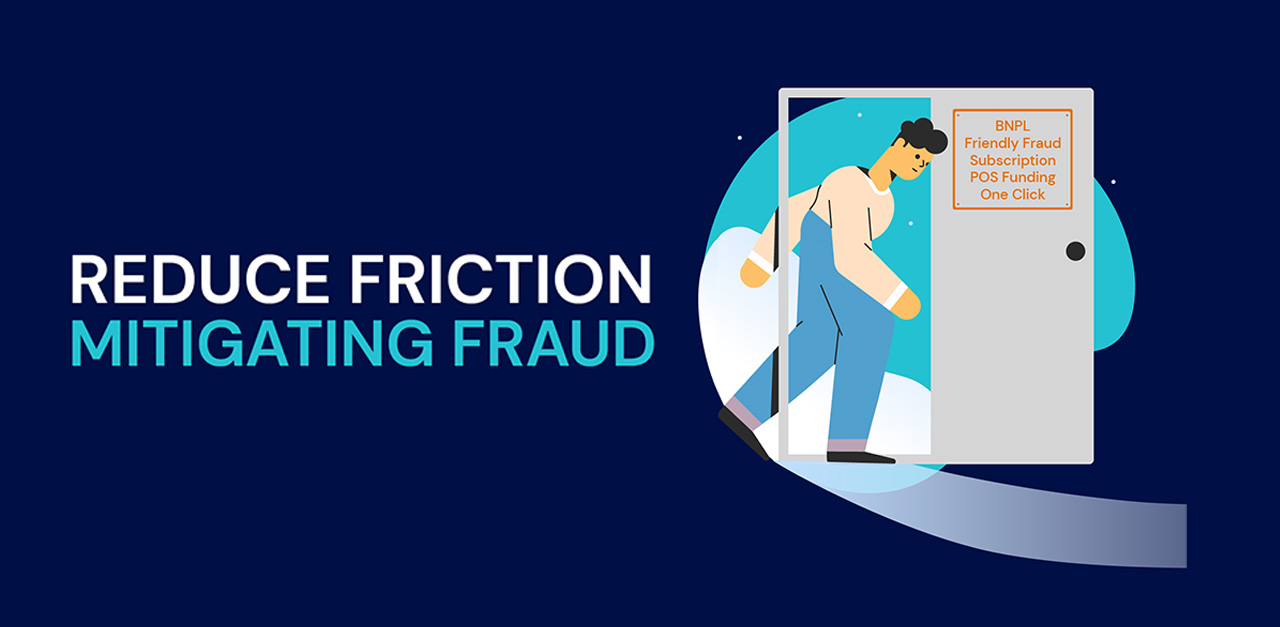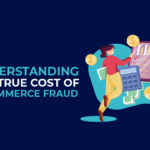
eCommerce merchants face a problem: they need to lower friction to convert more customers while also protecting themselves from fraud. Growing competition forces online merchants not only to compete on pricing and quality of merchandise but also on the ease of checkout and smoothness of user experience.
Increased demand for a frictionless experience threatens merchants by exposing them to fraudulent activity across all stages of the transaction’s lifetime. But, there is a way for merchants to protect themselves from fraud while they lower friction for their customers.
Why lower friction?
In digital marketing, friction is defined as any barrier to a customer completing a purchase. You often hear that friction is a serious problem for eCommerce merchants. But, how big is the problem exactly?
One 2022 study found that almost 70% of all online shopping carts are abandoned. Half of those who abandoned their cart did so because of a problem with the merchant’s platform.
Some participants (18%) said that the online checkout process was too long or complicated. Others (24%) did not like that the site required them to create an account before they made their purchase.
These reasons all have one thing in common: friction in the checkout stage. This demonstrates the increasing demand from customers for a frictionless eCommerce experience.
Of course, lowering friction is attractive to eCommerce merchants: they want to make buying as easy as possible for their customers. And reducing friction in their sales process translates to a direct increase in conversions for merchants.
So, merchants must adapt to the desires of their customers – if they want a frictionless checkout experience, merchants will do whatever they can to offer it.
But, lower friction for customers comes at the cost of higher fraud risk for merchants across all stages of the transaction lifetime.
The eCommerce transaction lifetime
You can think of a transaction lifetime as four distinct stages: pre-checkout, checkout, pre-delivery, and post-delivery.
Because the rate of cart abandonment is so high, eCommerce merchants are primarily interested in lowering friction in the pre-checkout and checkout stages.
Traditional security checks in these stages can be cumbersome. For example, customers might be expected to create an account or verify their identity before they can make a purchase.
While security checks create friction, they also perform an important purpose for merchants: alerting them to potentially fraudulent customers.
Fraud across the transaction lifetime
Doing away with these checks completely might increase the number of transactions, but it also increases the risk of fraud in the pre-checkout and checkout stages.
For example, merchants adopting frictionless payment methods (such as Buy Now Pay later) may expose their site to fraudsters taking advantage of the less secure third-party service. Without increased security screening, a merchant is unlikely to catch this fraudulent activity that happens many times long after the time of actual checkout.
And fraud in the early stages of the transaction’s lifetime can trickle down to later stages.
For example, increased exposure to friendly fraud – when a customer files an illegitimate chargeback claim – arises in the delivery phase. Without proper screening, merchants might ship the product to an address not related to the credit card used for the purchase. This can result in pricey chargeback requests during the post-delivery phase.
Without appropriate measures to verify the customer’s identity, merchants become more vulnerable to fraud at each stage in the transaction’s lifetime.
This presents a puzzle: how can merchants protect themselves across all four stages of the transaction lifetime without increasing the friction for their customers?
The balancing act between friction and fraud
Merchants will require innovative fraud solutions which can accommodate any increased risk that might arise from offering a frictionless experience.
Monitoring transactions and placing a multi-tier fraud prevention solution is one essential strategy to combat fraudsters without adding friction to the checkout process.
At the checkout stage, merchants must focus on collecting customer verification that doesn’t create additional friction. This might mean securely collecting a customer signature, selfie ID, or age verification.
Merchants must mitigate risk all the way down to the fulfillment process – across every stage of the transaction lifetime.
That means also analyzing customer behavior in the pre-delivery stage. This way merchants receive precise fraud alerts before shipping, minimizing the number of false declines. Merchants should use automated solutions that monitor factors which indicate an increased risk of fraud.
The balance between mitigating fraud and reducing friction is a tricky one. Merchants can employ assistance from software services that flag and protect against fraudulent activity.
FUGU compiles ready-to-use customer evidence trails that merchants can use to challenge unjustified disputes. It helps merchants strike a balance between security and customer convenience – across all stages of the transaction lifetime.




